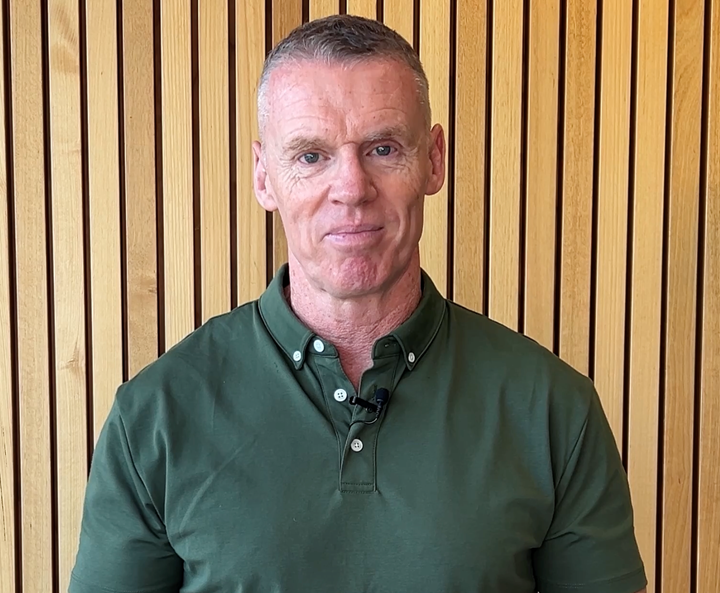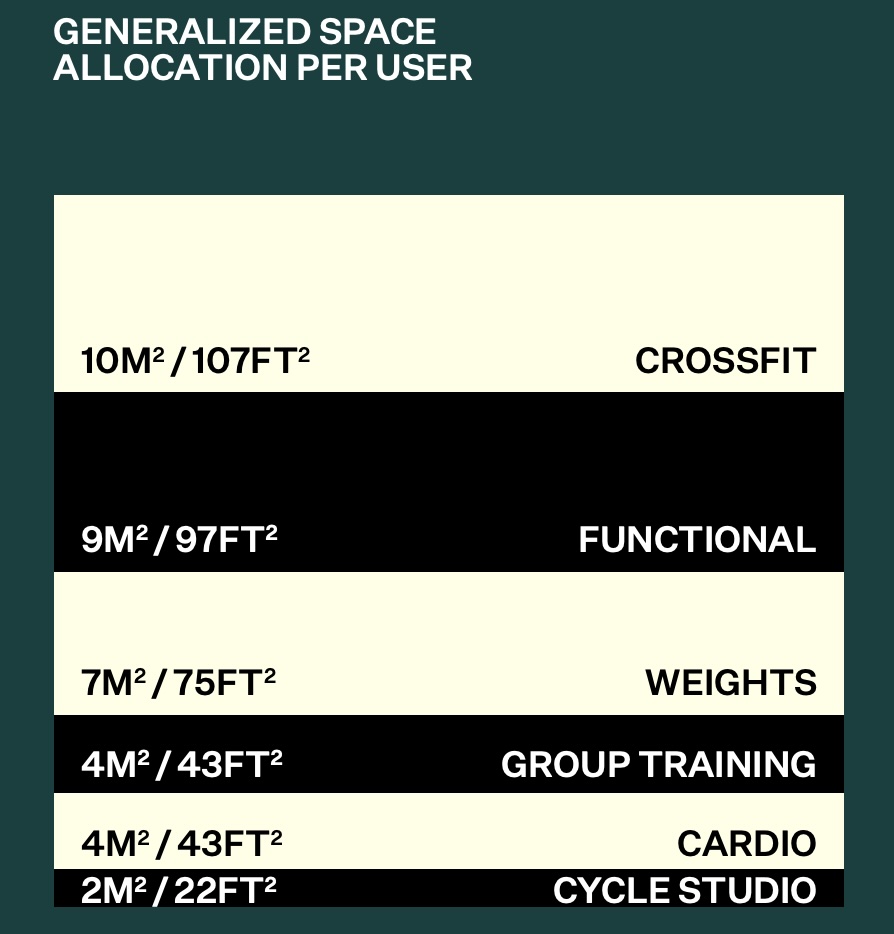
1. OBSESS THE CUSTOMER
The modern fitness industry is overrun with choices. But with choice comes cost – making it essential to know where your budget delivers the greatest impact. This begins by understanding the customer you’re serving and what they expect of your club.
As CEO of Les Mills New Zealand, Brett Sutton oversees the strategy for 12 nationwide clubs. At the top of his to-do list when establishing where to allocate the budget is understanding his members. “The first thing I would suggest is that operators really need to know who the customer is, what that demographic looks like, and what the customer truly wants from you as a provider”, he says.
“Understanding if it's health training, mind-body, or strength, then really developing your offering to meet those categories. Once you have an idea of what you're chasing, it's about setting up that environment and ensuring that you satisfy the programming needs of the demographic that desires it.”
In practice, that means gathering member feedback, walking through your club to see how and when members interact with your offerings, and staying aware of trends to respond promptly and ensure you attract the market interested before it’s too late.

2. FOCUS ON YOUR FLOOR PLAN
Understanding the contribution margins of each area of your club is the foundation of sustainable growth. The most expensive overhead of any club is the bricks and mortar, so every square meter needs to be optimized for maximum efficiency and revenue potential. Contribution margins measure how each space in your club generates income to maximize its overall return.
Contribution margins reveal true operational efficiency – and highlight where there’s room for improvement. The stronger your contribution margin, the more fuel you have for growth, and innovation.
When looking at the layout of your club, the question to ask is how much you are dedicating to an exercise space, and how much income that space will generate. Once you've done that, you look inside those exercise spaces and consider how they’re divided up, to create the greatest contribution to the club. Being intentional with your floor plan prevents wasted space and avoids costly redesigns down the line.
But maximizing capacity is only part of the equation. To fully capture the revenue potential, you must also maximize the utility (how much the space is used) and the flow rate (how often the space turns over per hour). Combined, these factors make up your club’s contribution, measured as contribution per square meter. To maximize efficiency and member experience, industry benchmarks suggest a target of 2 members per square meter (10.7ft²).
Research by experienced club operator and fitness economist Gerry Salmon highlights the significant variance in capacity across different gym zones. For example, CrossFit-style spaces where people are using Olympic Barbells typically require 10 m² (107ft²) per person, while cycle studios need only 2 m² (22ft²) per user. Each space/activity also comes with different utility rates, flow dynamics, and capital/operating costs.
Check out more tips to help you maximize your floor plan here.

3. FLEX YOUR OFFERING
Fitness is trending globally as a lifestyle choice for young people, with many considering it their number one spending priority, ahead of eating out and even travel. But for a generation still in education or early on in their career, budgets can be tight and value matters more than ever. Fitness economist Gerry Salmon says tiered pricing can be a smart move to boost retention: “I speak to a lot of operators, and what we’re seeing right now is tiered pricing”, he adds. “It enables members to shift between price points according to the activities they’re seeking. The benefit for operators being that as preferences change, members don’t leave.”
Introducing tiered pricing means there’s an opportunity to seize additional spend when the time is right, while still showcasing your value as a provider when budgets might be leaner. Gerry says flexibility is essential for younger members. “If members are attracted by your club’s premium offering, they might up their price point to take advantage of that”, he says.
“But when they perhaps fall out of that activity and into a different modality, having the flex to drop down the price points for a period of time lets them, as consumers, choose. This is critically important for Gen Z, because not only are they looking for variety, but they're also looking for value.”

4. CREATE A COMMUNITY WORTH COMING BACK FOR
The easiest way to give your members the community they crave is by bringing them together. Group training provides connection and accountability, while helping members achieve their goals. And the benefit for your club? Do group training well and it will have a positive impact on retention, acquisition, and drive a higher value perception of your club.
So where should you begin with group training? By creating workouts that resonate in an environment that delivers an experience, adds LMNZ’s Brett Sutton.
“It starts with programming – choosing the right workouts that satisfy your members. You’ve really got to understand that customer. Once you understand what programming and workout you want to offer, the next step is to focus on the environment.”
“For example, if you think about HIIT workouts, people want to walk into those spaces feeling like an athlete. In our New Zealand clubs, we obsess over the environment. Every aspect – from the equipment, the setup, the lights, and the sound. We obsess over those details so that members step into a truly immersive workout environment. And it creates the ability for members to really focus their mindset by removing any distractions – and that whole approach lifts the workout itself.”
5. DEFINE PERFORMANCE METRICS
While anecdotal feedback from staff and walking the floor is crucial, formalizing your club’s performance against key metrics is the most efficient way to ensure your strategy is on track. Benchmarks like capacity, attendance, and demand are important yardsticks to gauge how effective your timetable is. Brett explains: “We have a dashboard that runs by the hour, then we pick up how many people are in the class. We measure it over periods to make sure the class is either holding its own or performing better.”
“If classes start to sink, we ask if it’s related to a time slot, Instructor or program. If we see a long-term change in those numbers, we'll look at those three key elements to see if one or more of them needs to be altered to get back on track.”
Performance can also indicate wider emerging trends, adds Brett. “We respond to trends in market, and listen to what it’s telling us from a programming perspective. Like many operators, we've seen a real surge in our Pilates numbers, so we’ll swap out like-for-like programs so that we can further engage the market interested in Mind/Body programs.”
WANT TO TAP INTO OVER 50 YEARS OF GROUP TRAINING EXPERIENCE?
Contact your Les Mills customer experience partner to learn how your club can access the latest Group Fitness Management training or register your interest below.
REGISTER YOUR INTEREST
